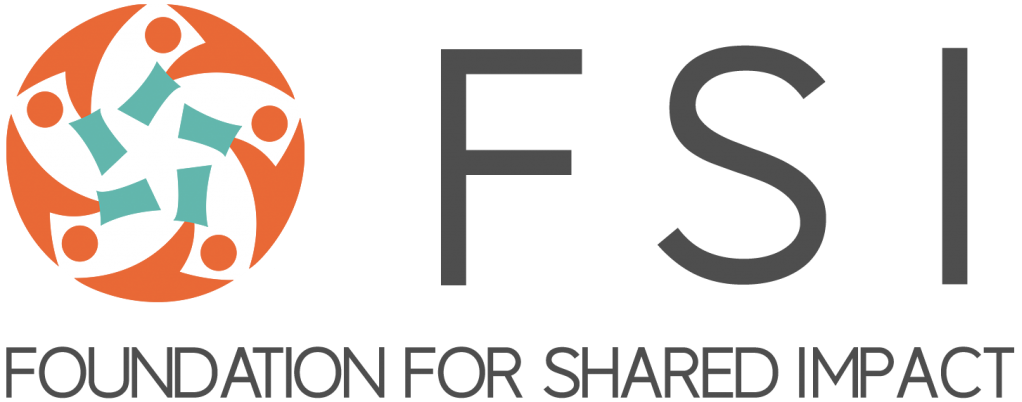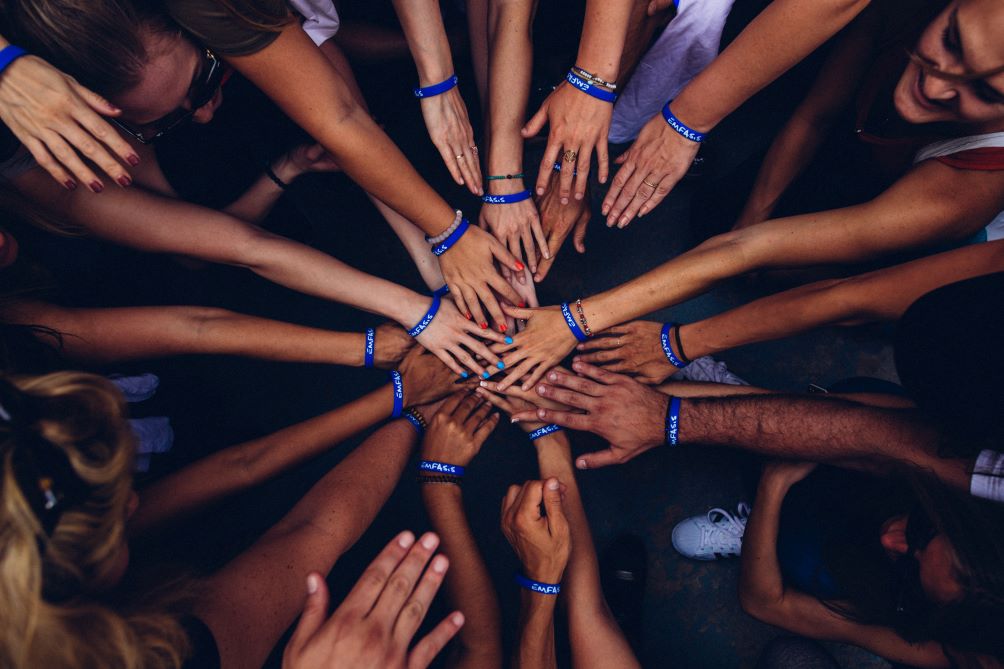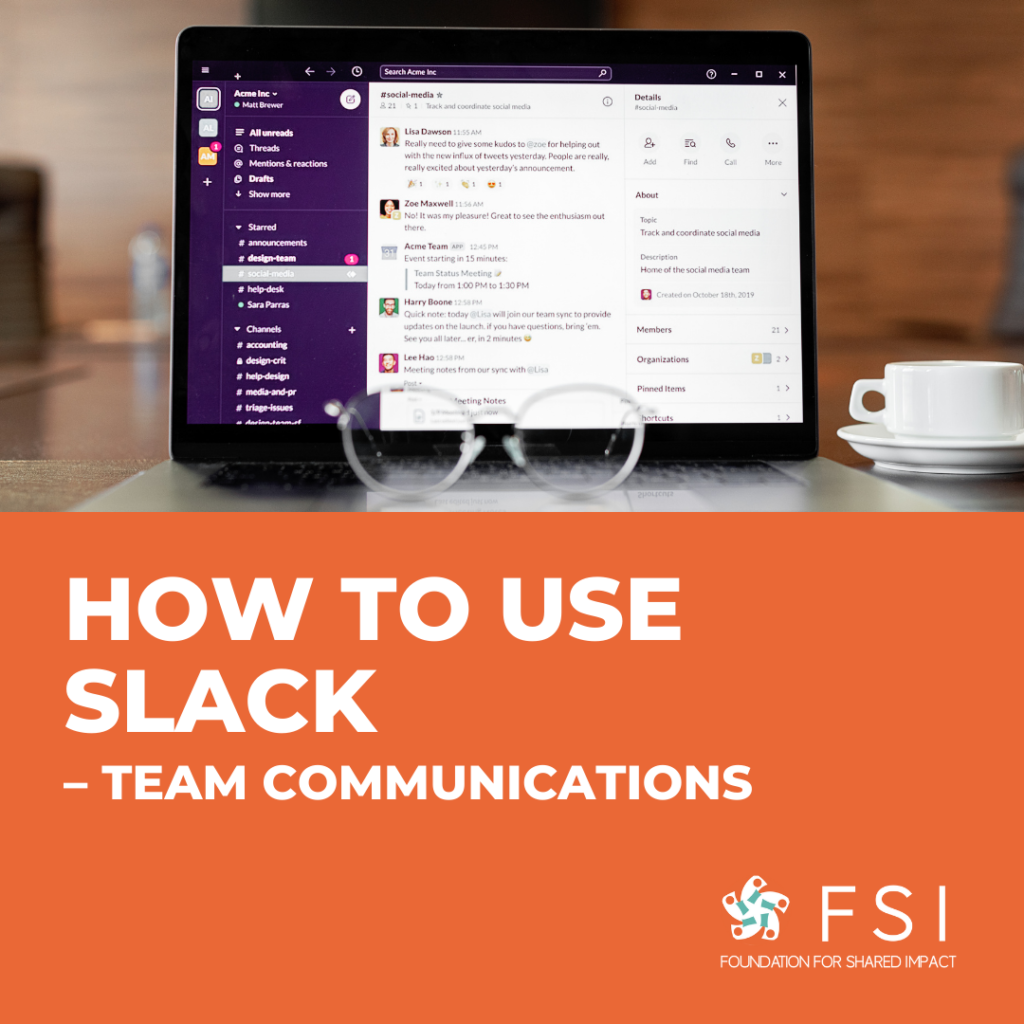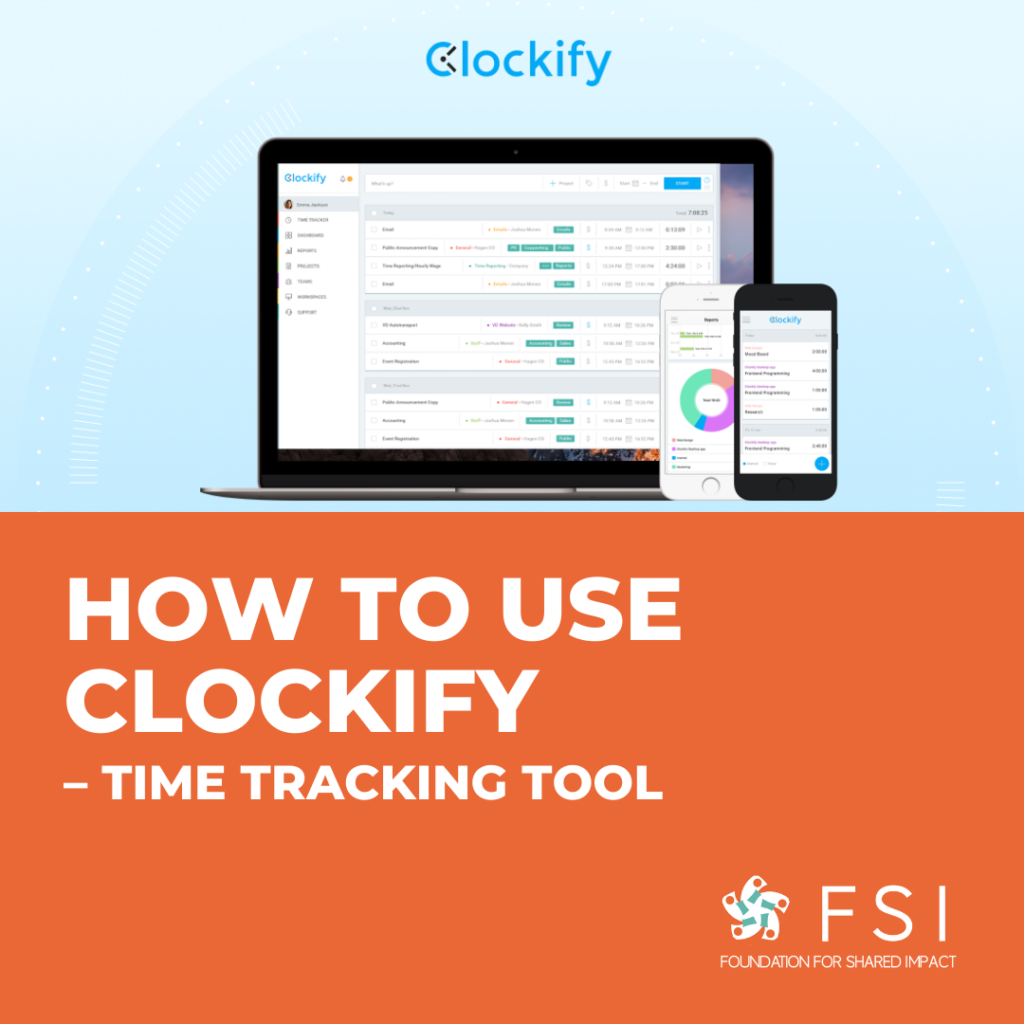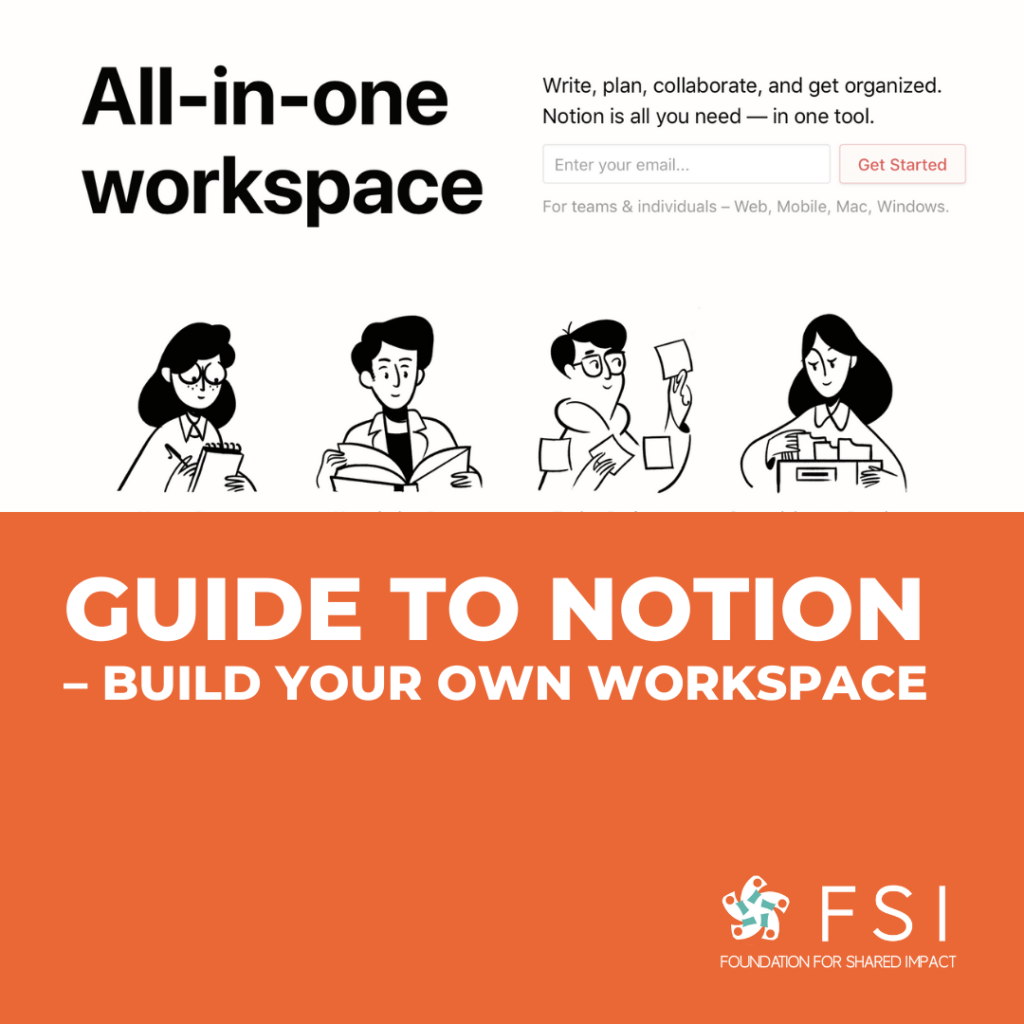Introduction
Posting content from your companies’ official account is an important part of owned media in your POE management. Social media platforms can offer a low-cost way to increase the visibility of your company. However, even among mainstream social media platforms, there are different strengths that you can leverage and weaknesses that you may want to be aware of.
This guide aims to help you understand how mainstream social media platforms work, so that you can decide which to use to serve various different purposes.
Which is the best platform for your business?
To identify the right social media platform(s) to promote your company, first, ask yourself these three questions:
- What is your business?
- Think about the type of your business and whether it is suitable to be promoted online. Then, try to match the business with content on different social media platforms, and let synergy effect play its magic.
Social media synergy effect is the impact of using a cross-media approach to engage the target audience. - Who is your target customer?
- You can segment and target different groups of people who would be most likely to buy your products and services or support your organization according to the categories below:
- Geography
- Demographic: Age, Gender, Income etc.
- Psychographic: Lifestyle, Self-perception, Activities, Interests, Opinions etc.
- Benefits: Convenience, Economy, Prestige etc.
- Behavioral: Occasion, Loyalty etc.
- You can segment and target different groups of people who would be most likely to buy your products and services or support your organization according to the categories below:
Visit Business of Apps if you’re interested in learning about the revenue, number of active users, user demographics, and other key statistics of mainstream social media platforms.- What is your business objective?
- For each content marketing campaign or social media post, there needs to be a reason for doing it, whether it is to increase brand awareness or stimulate customers’ desire to purchase. Different social media platforms serve different objectives.
What should you do when managing social media channels for your business?
- Scheduling: It is better that your social media channel post on a regular basis, so you may need help on scheduling those that you have written in advance.
- Monitoring: Feedbacks are always helpful. Monitoring the outcomes of every post will give you certain signs for your next post.
- Customer service & Chatbot: Automoation can bring high-efficiency.
Here are some best tools to do the above things:
- Buffer, Hootsuite, Agora pulse, Later, E-clincher (for Small & Medium Businesses)
- Mavsocial (for businesses with Multiple Locations)
- TailWind (unifies your social & email marketing into a single solution)
- Friends+Me (Publish at the right time, reach more customers and increase engagement)
- TweetDeck, Follower Wonk (for Twitter)
- Revive Old Post (for old post revival)
- Quuu (Powered by AI)
- Hooper HQ (Post, Story + Reel Instagram Scheduling)
- Sprinklr (the only unified customer experience management platform)
- Oktopost (for B2B businesses)
Mainstream social media platforms and how they work
- OverviewFacebook now has 1.79 billion daily active users and 2.7 billion monthly active users. Approximately 55% of its users are aged between 18 to 24. 57% of the users are female. Over 80% users log on to their accounts via mobile devices.
- Percentage of different content types on Facebook
| Content | Percentage of posts (%) |
|---|---|
| Photos | 35.6 |
| Videos | 15.1 |
| Links | 47.2 |
| Status | 2.1 |
- What you can do on Facebook
- Post organic/paid text, photo, or video content
- Build Facebook Groups
- Post Facebook Stories and Reels
- Use Facebook Ads
- Make contests and giveaways
- Use Facebook Messenger chatbots or auto-responders
- Carry out influencer marketing campaigns
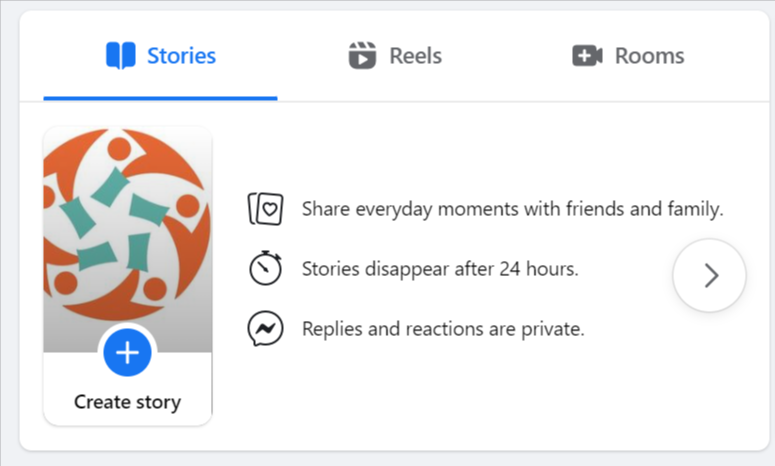
- Pros and ConsEstablished in 2004, Facebook has accumulated the largest user base worldwide, which can be the source of your traffic. Also, promoting in Facebook Groups will increase your customers’ stickiness and retention rate. However, younger generation perceive FB as ‘old’ and outdated app and many of its existing users are considering leaving it. Another thing that may worries you is that Facebook has closer scrutiny on account security than any other platforms. If your accouunt was accidentally frozen, it may stop every ongoing marketing activity on this platform. Despite this, since Facebook is primarily a tool to stay in touch with friends and family, the connections it has can be ideal for local & small businesses.
- How the Facebook algorithm worksTo quote from Mark Zuckerberg, CEO of Facebook: “Facebook will prioritise posts that spark conversations and meaningful interactions”. What did he mean by “meaningful”?Here are some key metrics of Facebook News Feed Algorithm:
- From “creator” perspective:
- Is the creator a person, a business, or a public figure?
- Relationship between the viewer and the creator
- Viewers are more likely to be exposed to whom they once interacted with.
- From “popularity” perspective:How many views, likes, emotional reactions, comments, and shares?
- From “Type of post” perspective:
- What type of media do you interact with the most?
- Viewers are more likely to be exposed to whichever types of media they interacted with more often, including photos, regular videos, live videos, and articles.
- From “recency” perspective:
- How fresh is the post?
- Newly created content is placed higher.
- The Engagement rate of Facebook Status ranks the highest among other types of media, even higher than photos and videos.
- When your employee shares something, the algorithms will put them first.
- From “creator” perspective:
- Additional Resources
- If you need the official guide, please refer to this page: https://www.facebook.com/business/marketing/facebook
- Meta Foresight (formerly known as Facebook IQ) tracks the trends and topics that 3.6 billion voices care about: https://www.facebook.com/business/foresight/about-meta-foresight
Youtube
- Basic information:
- Youtube has the daily active users of 149 million, and monthly active users of 2.5 billion. 81% of 15 to 25 years use Youtube. Youtube has launched local versions in more than 100 countries, and users can navigate in over 80 different languages.
- Advantages & Disadvantages of marketing on this platform
- Youtube is known for its high-quality content. People are there expecting to see the tutorials or guides that can really address their questions. (High-quality videos longer than 3 minutes of commercials, product reviews, and interviews are recommended.) Also, many people do not know that YouTube’s keywords have high weight in Google search, which is good for SEO of your own website. However, it usually takes great time, cost, and efforts to produce a high-quality video, not to mention that you need to do it more frequently than you thought. It may become harder when users mostly log in through PC, not through mobile devices. What is frustrating about this platform is that its algorithms may recommend your company’s competitors, making it harder for you to stand out among similar products/services. But it is an ideal place to deploy influencer marketing.
- Algorithms(explained in lay terms)-Youtube recommendations
- 70% of youtube views are generated by its artificial intelligence-based algorithm. 81% of surveyed US adults occasionally or regularly watch videos recommended by the algorithm. A common misunderstanding is that the frequency and amount of videos are the key factors. However, Youtube recommendations are based on the rationale that if many viewers click into a video which leads them to the creator’s home page, then videos by this particular creator can get recommended more often. Youtube recommendations tend to point users to progressively longer content. Also, unlike Facebook, the volume of comments has nothing to do with recommendations. What matters is the relevancy and the sentiments of the comments. So, deleting offensive/negative comments will make your videos look good.
- The use of Youtube Handles
- Youtube Handles help viewers easily find and engage with creators. Handles normally appear on channel pages and Shorts. Creators can be mentioned in comments or tagged in the title of a recent collab, helping them increase visibility and reach with new audiences. Every channel on YouTube will have a handle, and each will be unique, so it is also another way to identify a YouTube channel. The timing of when a creator will get access to the handles selection process depends on a number of factors, including overall YouTube presence, subscriber count and whether the channel is active or inactive.
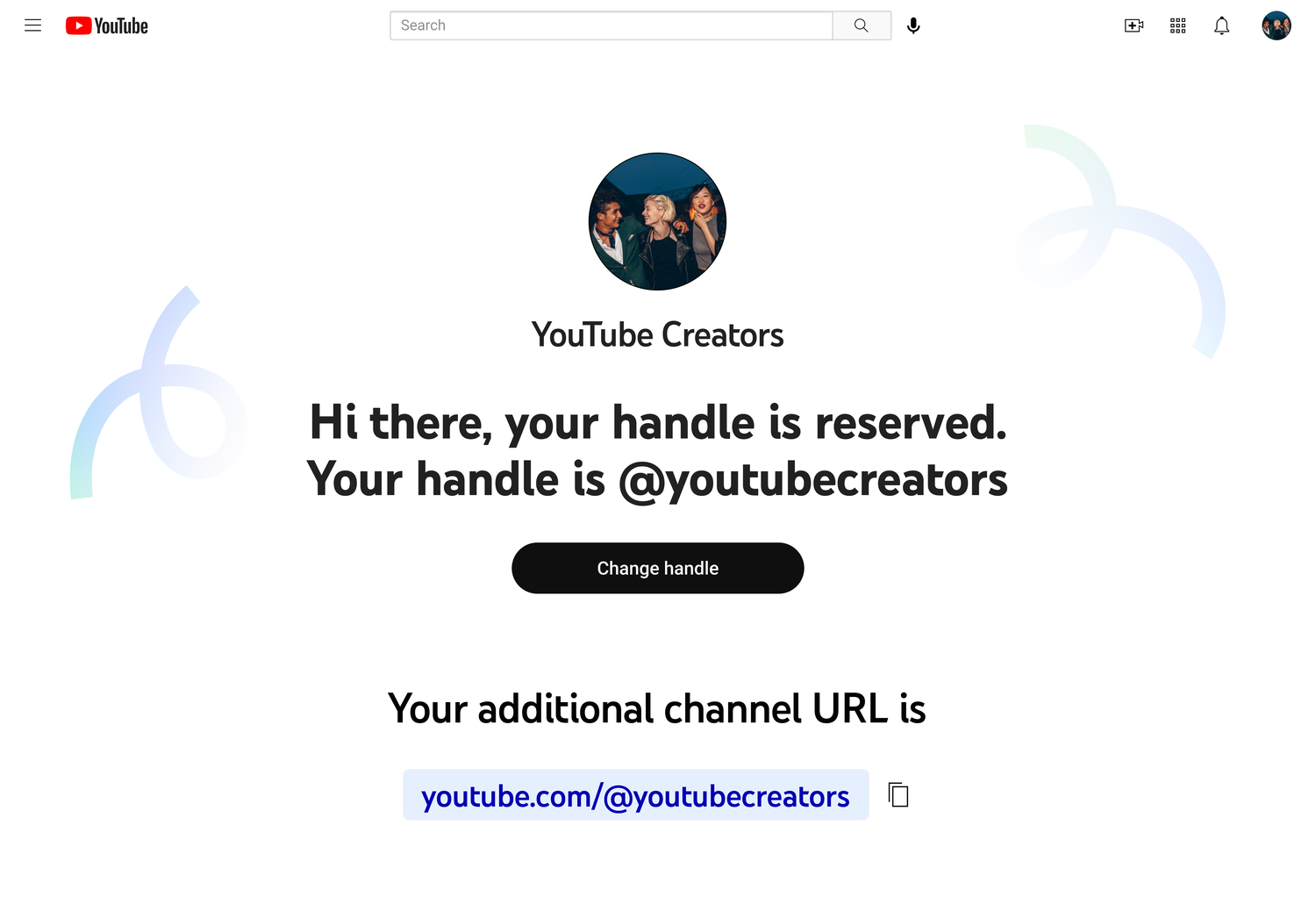
https://www.youtube.com/ads/ Here is some more information about Youtube Ads.
- Basic informationInstagram has the daily active users of 600 million, and monthly active users of 1.5 billion. Almost half of all Instagram users are in the Asia-Pacific region, with India and Indonesia two of the five largest markets in terms of active users. 70% of Instagram users are under 35 years old, but the percentage of users over 35 has increased every year since 2018.
- Advantages & Disadvantages of marketing on this platform:Instagram is a community rather than a tool, so the interaction rate is higher. most users are aged between 20-40, so they have much bigger purchasing power. Since the contents are usually viewed on mobile devices, it becomes the best place for “One-click purchase”. To promote on Instagram in 2022 should have no disadvantages. Instagram promotion can be effective and easy. Companies can post information of sales promotion and display of products any time they want.
- Instagram algorithmsTime spent, likes, comments, saves, and clicks to profile are the four indicators for the algorithms to see if your post is worth recommending. Recommendations you usually receive are from four channels: connected recommendations, unconnected recommendations, author seeds, and media seeds. The four channels are devided by four key signals:
- Your activity: What types of posts do you interact with more often?
- Your interaction history: Whose posts are you interacting with? Comments are the most important.
- Information about the post: popularity, time, location, tags, background music, and size of the frame.
- Information about the author: followers, interactions
- Only 10% of existing followers will be able to see your posts by recommendation, so the better way to engage with the followers is through attractive Stories.
- The music of reels is very important.
- Videos with TikTok watermarks will be removed, so you’d better check beforehead.
- The use of Instagram insights
- Accounts reached: accounts reached(accounts who at least viewed one of your posts), reached audience, content reach, top posts, top stories, impressions, profile activity
- Accounts engaged: accounts engaged, engaged audience, audience demographics, content interactions
- Total followers: followers, growth, top locations, age, gender, active times
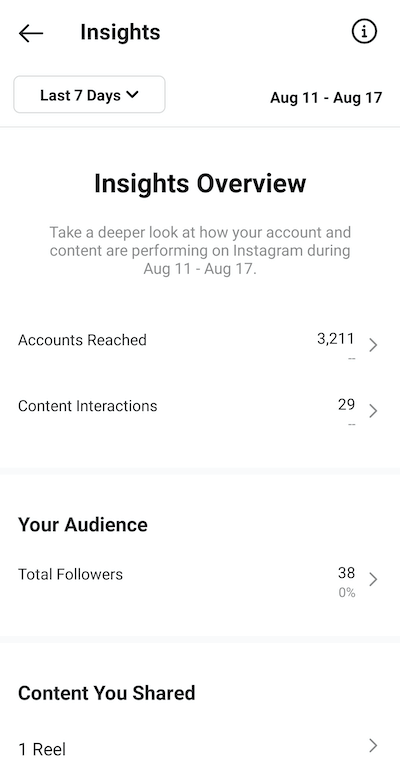
Instagram has its own blogs which you may find helpful:
https://about.instagram.com/en_US/blog
Tiktok
- Basic informationTiktok has the daily active users of 15.5 million and monthly Active Users of 1 billion. A majority of TikTok users are aged under 30, with the largest age bracket between 20 and 30 years old. Engagement on TikTok increased 15-fold between 2017 and 2019.
- Advantages & Disadvantages of marketing on this platform:Tiktok has the youngest user base and therefore attract customer segments who are particularly susceptible to this form of communication. Besides, a focus on entertainment makes it relatively easier to obtain a significant follower base even among users they have never met offline. It is an ideal place for influencer marketing and user-generated contents. However, it is relatively hard to develop customer’s stickiness and brand loyalty. It’s all about creativity of the short video, sometimes the contents can easily get neglected
- Algorithms(explained in lay terms)-FYP(For You Page)Once a video is posted, the platform will push it to the first badge of viewers, who will be the first ones to evaluate the content. Overall watch time, replays, likes, comments and shares will decide whether it is a good or bad video. If it performs well, it will be pushed to more viewers, then becomes viral(possibly).
- Basic information:Twitter has the daily active users of 217 million and monthly active users of 436 million. 38.5% of Twitter users are 25-34, making it the largest age group using the app. While Twitter’s usage in the US has stagnated somewhat, its international usage continues to grow, with 169 million dMAUs outside of the US in 2021.
- Advantages & Disadvantages of marketing on this platform:On one hand, for many people, Twitter is used as a news source, so there are less personal interactions. Also, the updates may be too fast for companies to catch and make use of them. On the other hand, it is famous for the “retweet”, which can generate huge traffic.
- AlgorithmsConnections on Facebook are, for the large part, online representations of offline relationships, while connections on Twitter are triggered by content relevance. For Twitter, what truly matters is the timing. Here is a picture showing Twitter’s global engagement during a week:

- Basic informationLinkedIn has the daily active users of 134.5 million and monthly active users of 64.6million. 58% of LinkedIn’s audience are ages 25-34. The United States is home to about 30% of all LinkedIn users, the next largest market is India. LinkedIn recently announced it would close operations in China, where it had 50 million users.
- Advantages & Disadvantages of marketing on this platform:LinkedIn users are more educated, and have a higher income than those on other platforms. The profile of a LinkedIn user is a businessman or businesswoman in their early 30s who has graduated from college and earns a lot. LinkedIn has the highest average cost per click ($5.26). Also, you are not allowed to do custom reporting on LinkedIn. You’ll receive a standardized dashboard for your campaign and a summary when it ends. However, since there are not only personal accounts but also compnies, it can be the ideal place for B2B businesses, for the purpose of building up partnerships. It may be helpful for you to share some industry information, yearly achievement of the company, and original insights on LinkedIn.
- Algorithms(explained in lay terms)Once you post an update, it will be immediately pushed through an “automatic filter”, by which your posts are labeled as:
- Spam: grammar mistakes, too much “@”, tags that contain “#comment”, “like”, “follow”Low-quality: posting too much, offensive words, low engagement rateClear

Commonly-used metrics to measure content marketing effectiveness
When measuring the effectiveness of your social media marketing strategy and initiatives, you may need different metrics. Here are some terms and their respective abbreviations that are commonly used.DAU: Daily Active User
MAU: Monthly Active User
CPC: Cost per click. The advertiser only pays when a user clicks on an ad.
CPM: Cost per mille. It refers to how much it costs to have an ad displayed to 1,000 users
CPA: Cost per action or cost per acquisition. Advertisers pay every time a user completes a pre-determined action, be it a click-through, download, or purchase.
CTR: Click-through rate. The number of clicks that your ad receives divided by the number of times your ad is shown: clicks ÷ impressions = CTR
CVR: Conversion Rate. It refers to what proportion of people are persuaded by advertising to become a user.
UGC: User-generated Content
PGC: Professionally-generated Content
OGC: Occupationally-generated Content
Reach, impressions, video views, video completion rate, audience growth rate, mention(voice), social sentiments
At FSI we’re always seeking to improve, so if you have any feedback on this guide/template, please do not hesitate to let us know.